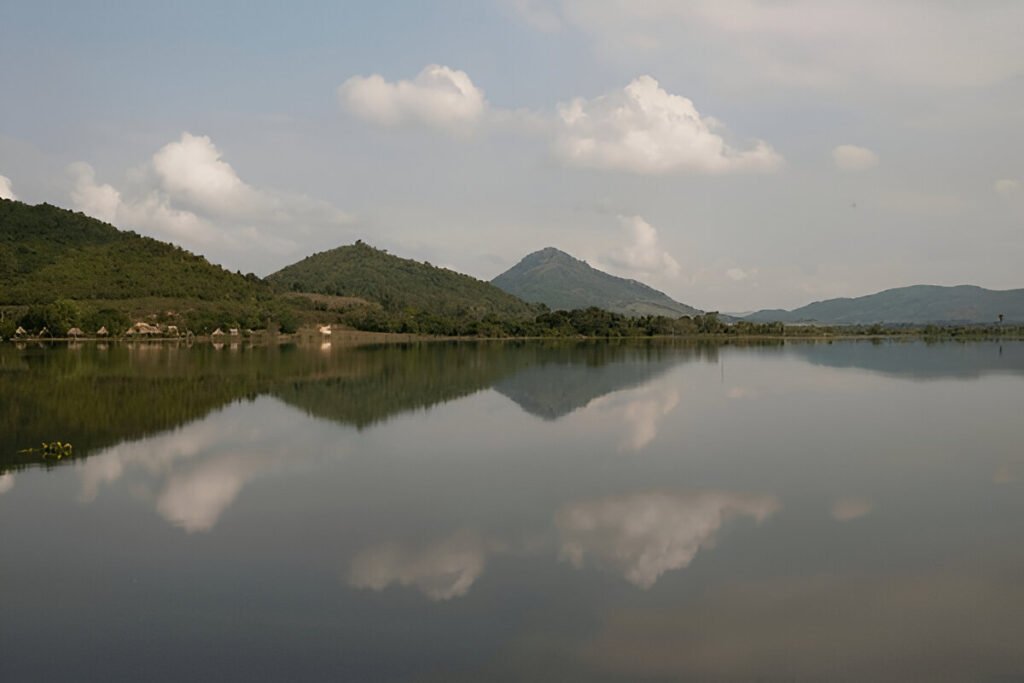Introduction:
Tucked away in the quiet city of Narita, just a short distance from Tokyo’s bustling Narita International Airport, lies a historical and cultural gem: the Naritasan Shinshoji Temple. This ancient Buddhist temple, with its rich history and spiritual significance, is a tranquil oasis that provides a striking contrast to the fast-paced modern life at the nearby airport. It’s a hidden gem that offers a glimpse into Japan’s rich cultural heritage, making it a must-see destination for any traveler transiting through or staying in Narita.
A Deep Dive into Naritasan Shinshoji Temple: Narita’s Hidden Gem
The Naritasan Shinshoji Temple is a grand complex of Buddhist buildings, beautiful gardens, and sacred artifacts spread over a vast park-like area. Constructed in 940 AD, the temple is dedicated to the fire deity Fudo Myoo, one of the Five Wisdom Kings in Buddhism. Here, visitors can marvel at the temple’s main hall, the stunning three-storied pagoda, and the Shakado Hall, which are all magnificent examples of Japanese architecture.
The temple complex is also home to the Naritasan Park, a 165,000 square-meter expanse filled with centuries-old trees, tranquil ponds, and vibrant seasonal flowers. Here, visitors can walk along winding paths, relax under the shade of cherry blossom trees, and soak in the serene ambiance. The temple’s cultural property hall, also known as the Naritasan Calligraphy Museum, houses a unique collection of calligraphy and ink paintings, showcasing the temple’s historical significance in the realm of Japanese art and literature.
Unveiling the Rich History and Spiritual Significance of Naritasan Shinshoji Temple
The history of Naritasan Shinshoji Temple can be traced back to the Heian period of Japan in 940 AD, when the temple was built following a religious dispute. It is said that after the deity Fudo Myoo helped settle the dispute, the statue of the deity was enshrined at the temple, where it has remained ever since. Throughout the centuries, the temple complex has expanded and now includes multiple buildings each with its own spiritual significance.
This temple is not only a place of historical interest but also a lively spiritual center. Each day, a number of rituals and ceremonies take place, including the Goma ritual, a fire ritual for invoking divine blessings. During these ceremonies, visitors can experience the spiritual atmosphere and observe the monks chanting sutras, beating drums, and performing rituals. Visiting during the New Year or other Buddhist festivals will offer an even deeper look into the rich Buddhist traditions and customs.
Local Tips:
The best time to visit Naritasan Shinshoji Temple is in the early morning or late afternoon when the temple is less crowded. Visitors should dress modestly out of respect for the religious site. If you plan to participate in a ritual, you may want to bring an offering. Remember to observe silence during rituals and ceremonies.
How to Get There:
The temple is easily accessible by train from Tokyo. From Narita Airport, it’s just a 10-minute train ride to Narita Station, followed by a short walk to the temple. If you’re driving, it’s approximately a 15-minute drive from the airport.
Nearby Attractions:
After visiting the temple, consider exploring other nearby attractions such as the bustling Narita Omotesando street, a vibrant shopping street lined with traditional shops and restaurants. The Narita Tourist Pavilion is also worth a visit, where you can learn more about the local culture and history.
Conclusion:
A visit to the Naritasan Shinshoji Temple offers a unique opportunity to step back in time and immerse yourself in Japan’s rich historical and spiritual traditions. With its stunning architecture, beautiful gardens, and profound cultural significance, this hidden gem near Narita Airport is a destination that should not be missed. Be sure to add Naritasan Shinshoji Temple to your itinerary when you visit Japan.






